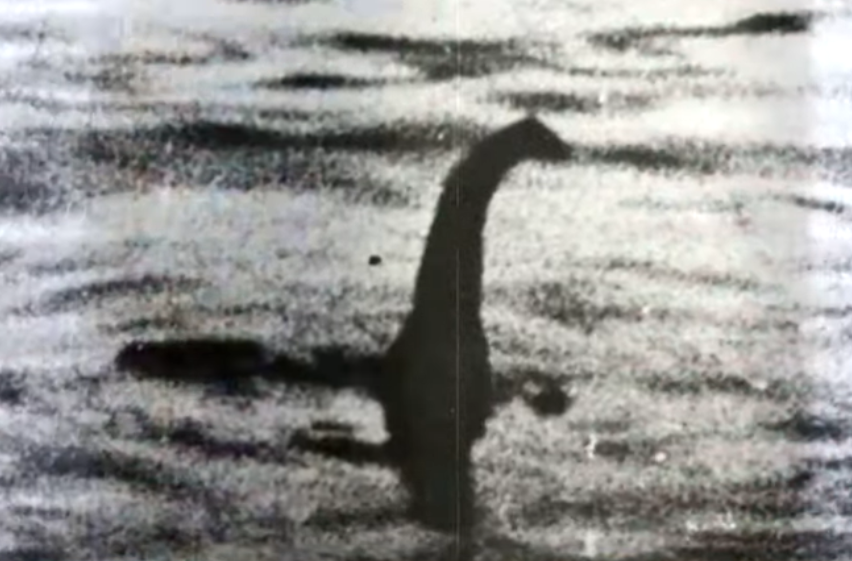
A study conducted by scientists in Scotland revealed that there is no trace of a Loch Ness monster but they may have a new theory.
Over a year, a team of scientists used a new water sampling technique to study biodiversity at the 23-mile, which had 7 million cubic meters of water. They uncovered more than 3,000 species in the lake but found no evidence of a plesiosaur, a prehistoric marine reptile known as Loch Ness monster which has been a theory for years.
Announcing the results of the study at the Loch Ness Centre & Exhibition, Professor Neil Gemmell of the University Otago in New Zealand described Loch Ness as “deep dark and mysterious and it’s possibly the best setting in the world for a monster mystery.”
He mentioned that his team had analyzed the water samples for environmental DNA that creatures shed as they move through an environment. He added “We can collect that DNA and obtain a very accurate indication of what the species was that shed that material, and over time you can collect quite a large body of information from literally a liter of water.” He concluded “There is probably not a giant scaly reptile swimming around Loch Ness.”
According to Gemmell, one plausible idea based on anecdotal evidence is that the monster could be a large eel but he pointed out that this theory is still questionable because eels usually only grow to four to six feet and migrate to reproduce.
Nessie, the mysterious creature with a snake-like head and a long, thin, green body with black humps, has been a huge source of tourism to Scotland.
Gemmell argued that there is plenty of uncertainty from the study and that even though it is comprehensive, the lack of evidence does not equate to solving the mystery of the Loch Ness monster.






